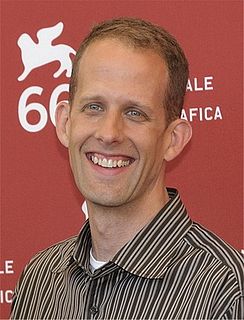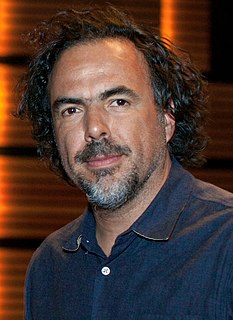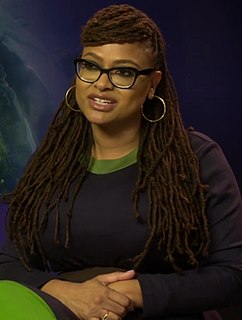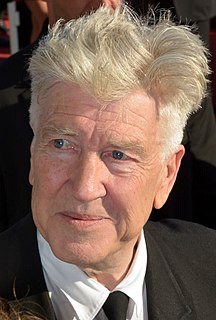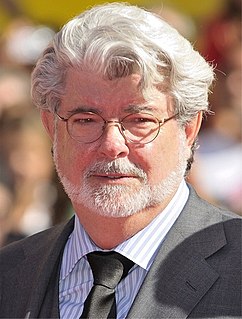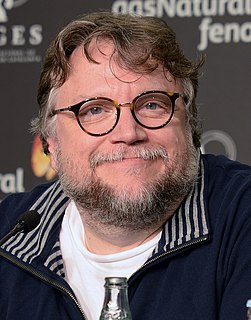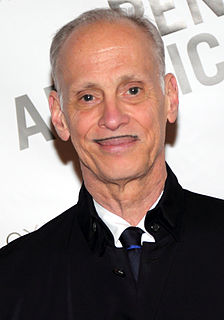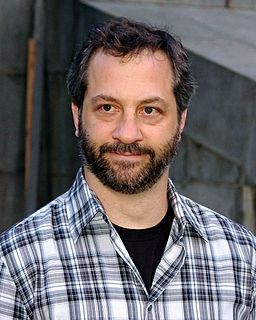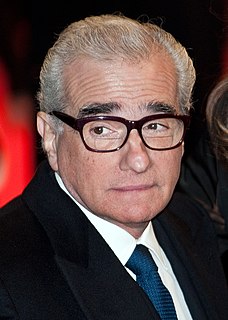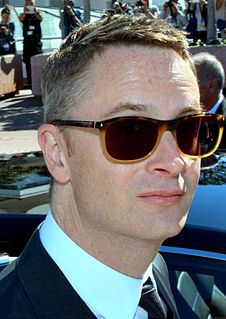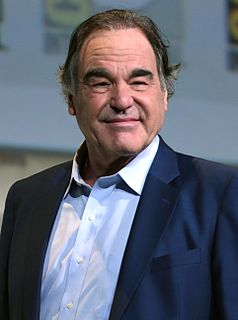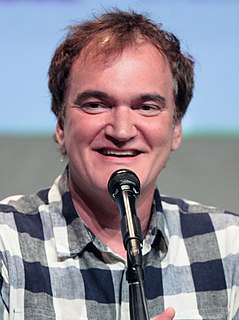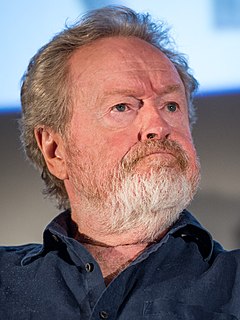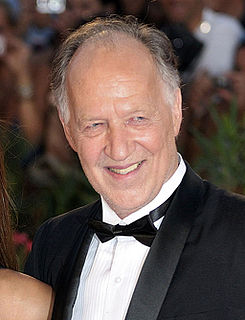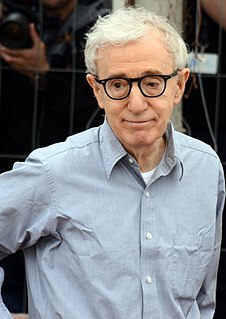Top 87 Quotes & Sayings by Pete Docter - Page 2
Explore popular quotes and sayings by an American director Pete Docter.
Last updated on April 15, 2025.
Anger is about fairness. If it feels that you're getting ripped off or taken advantage of, that's when anger comes up. Sadness deals with loss. And I suddenly had this new revelation - it felt like to me - that those are all true, but the real, deeper reason we have emotions is to connect us together. And that felt big to me.
However, for story reasons, we needed to represent them in certain ways. One of the things that sort of blew me away that I didn't know when we started is that memories are completely susceptible to change. And this is, you know, one of the many reasons why certain people are trying to get it taken out - eyewitness testimony in court cases because it's very unreliable.
Yeah, we were looking for a way to represent adulthood and the passing into adulthood. And I think, for me personally and a lot of the folks that I work with, childhood is kind of a sacred, special kind of point in time that has a real joy and purity to it. And we sort of long on a daily basis to reach back and kind of grab onto that in some way.
We actually needed the memory - if you see the film - as a very different kind of a plot device of revealing some information to our main character. So we chose to represent it as these sort of beautiful little snow globes, which kind of, weirdly, that's the way we think of memories - at least, most of the folks that we talked to. You think of these memories as being very pure and absolute and unchanging. That's not actually real life.
Well, the film initially - we had decided to pair joy with fear because I don't know about you - for me fear was a major motivator in junior high. So we thought there's probably some good stuff there... As the film went on, we had developed all these great scenes that were really funny, but in the third act, it wasn't adding up to anything.
